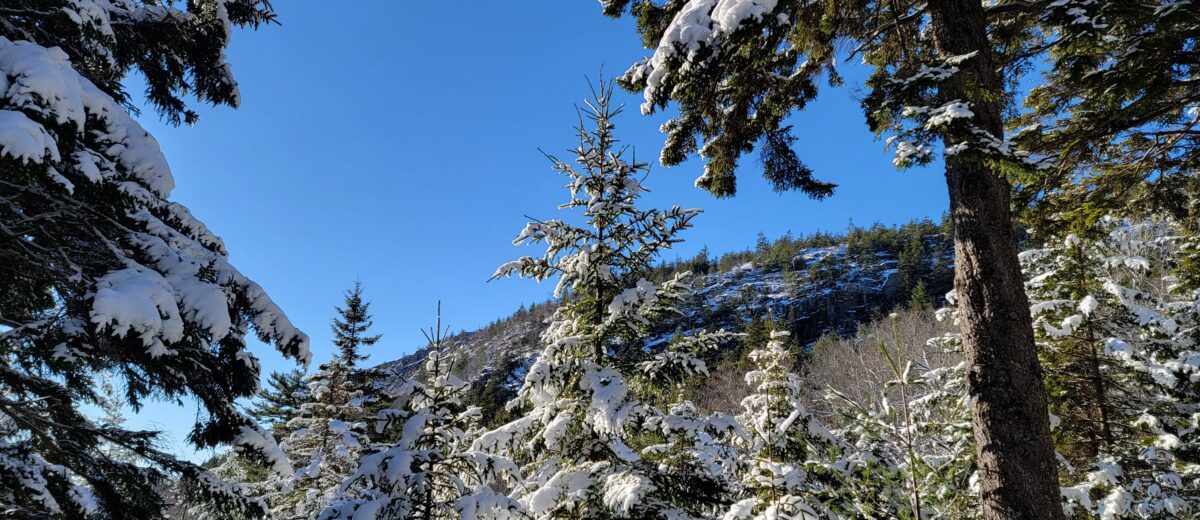Winter is the fastest-changing season in Acadia, with warmer temperatures, a shorter period of frost and ice, and more precipitation falling as rain instead of snow.
The trends are similar across the Northeast, but despite the importance of snow to the ecology, culture, and economy of the region, data on snow are sparse, especially for mountainous and forested areas. In contrast, in the mountains of the western United States, the USDA Natural Resources and Conservation Service operates a network of more than 900 automated stations recording snowfall, snow depth, and other parameters.
What would such a network look like in the Northeast? What do the diversity of people and organizations with an interest in snow need to know?
The Northeast Snow Survey Feasibility Study, led by the University of New Hampshire and funded through the United States Department of Agriculture Natural Resources Conservation Service, is assessing potential for coordinated snow monitoring across the Northeast. Schoodic Institute is part of the project, along with University of Vermont and Appalachian Mountain Club.
Led by Chris Nadeau, Schoodic Institute’s role is to review existing literature on manual and automated snow observations in the Northeastern United States, share our experience studying climate change adaptation in the unique coastal mountains of Acadia, assist with project communications, and work with the larger team to develop objectives for the study.
